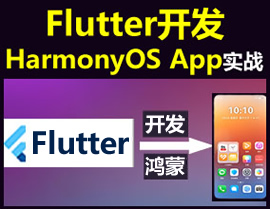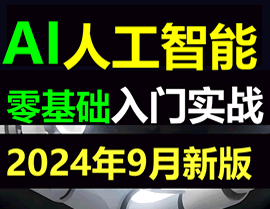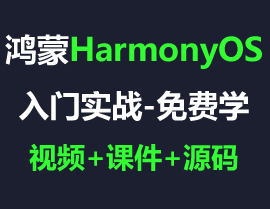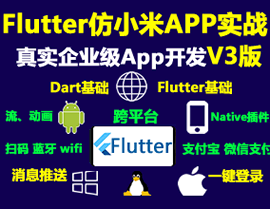uni-app 支付宝小程序this下无$slots $scopedSlots 属性
uni-app 支付宝小程序this下无$slots $scopedSlots 属性
| 开发环境 | 版本号 | 项目创建方式 |
|---|---|---|
| Windows | 10.0.19042.1415 | HBuilderX |
操作步骤:
组件mounted 生命钩子中 console.log(this) 运行支付宝小程序开发者工具查看控制台
预期结果:
$attrs: (...)
$children: []
$createElement: ƒ (a, b, c, d)
$el: undefined
$listeners: (...)
$mp: {data: {…}, component: Ze}
$options: {components: {…}, directives: {…}, filters: {…}, beforeCreate: Array(2), _base: ƒ, …}
$parent: VueComponent {_uid: 4, _isVue: true, $options: {…}, _renderProxy: Proxy, _self: VueComponent, …}
$refs: (...)
$root: VueComponent {_uid: 4, _isVue: true, $options: {…}, _renderProxy: Proxy, _self: VueComponent, …}
$scope: Ze {__wxExparserNodeId__: "41930232", _$vueId: "1da55560-5", $vm: VueComponent, __data__: {…}, triggerEvent: ƒ, …}
$scopedSlots: {default: true}
$slots: {default: true}
$store: Store {_committing: false, _actions: {…}, _actionSubscribers: Array(0), _mutations: {…}, _wrappedGetters: {…}, …}
$uGetRect: ƒ ()
$vnode: undefined实际结果:
$attrs: (...)
$children: []
$createElement: ƒ (a,b,c,d)
$el: undefined
$id: 2
$listeners: (...)
$mp: {data: {…}, component: {…}}
$options: {components: {…}, directives: {…}, filters: {…}, beforeCreate: Array(2), _base: ƒ, …}
$parent: VueComponent {_uid: 4, _isVue: true, $options: {…}, _renderProxy: Proxy, _self: VueComponent, …}
$refs: {}
$root: VueComponent {_uid: 4, _isVue: true, $options: {…}, _renderProxy: Proxy, _self: VueComponent, …}
$scope: {$page: {…}, $id: 2, is: "/uview-ui/components/u-popup/u-popup", $spliceData: ƒ, setData: ƒ, …}
$store: Store {_committing: false, _actions: {…}, _actionSubscribers: Array(0), _mutations: {…}, _wrappedGetters: {…}, …}
$uGetRect: ƒ ()
$vnode: undefined
没有出现$slots $scopedSlots 属性
3 回复
直接取值可以取到吗?
在 uni-app 中开发支付宝小程序时,确实会遇到 this 下没有 $slots 和 $scopedSlots 属性的情况。这是因为支付宝小程序的运行环境与 Vue.js 的运行环境有所不同,导致部分 Vue.js 的特性在支付宝小程序中无法直接使用。
解决方案
-
使用
slot标签: 在支付宝小程序中,你可以使用原生的slot标签来实现插槽功能。虽然这种方式不如 Vue.js 的$slots和$scopedSlots灵活,但可以满足基本的插槽需求。<!-- 父组件 --> <my-component> <view slot="header">这是头部内容</view> <view slot="footer">这是底部内容</view> </my-component> <!-- 子组件 my-component --> <view> <slot name="header"></slot> <view>这是组件的主体内容</view> <slot name="footer"></slot> </view> -
通过
props传递内容: 如果插槽内容较为复杂,可以通过props将内容传递给子组件,然后在子组件中渲染。<!-- 父组件 --> <my-component :header="headerContent" :footer="footerContent"></my-component> <!-- 子组件 my-component --> <view> <view>{{ header }}</view> <view>这是组件的主体内容</view> <view>{{ footer }}</view> </view>export default { props: { header: String, footer: String } } -
使用
v-if或v-show控制显示: 如果插槽内容需要根据条件显示,可以使用v-if或v-show来控制。<!-- 父组件 --> <my-component> <view v-if="showHeader" slot="header">这是头部内容</view> <view v-if="showFooter" slot="footer">这是底部内容</view> </my-component> -
使用
scopedSlots的替代方案: 如果需要传递作用域插槽,可以通过props传递一个函数,然后在子组件中调用该函数。<!-- 父组件 --> <my-component :renderHeader="renderHeader"></my-component> <!-- 子组件 my-component --> <view> <view>{{ renderHeader('这是作用域插槽的内容') }}</view> <view>这是组件的主体内容</view> </view>export default { props: { renderHeader: Function } }







